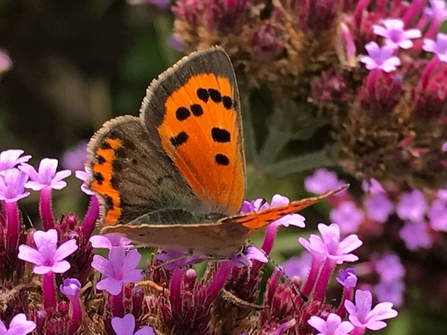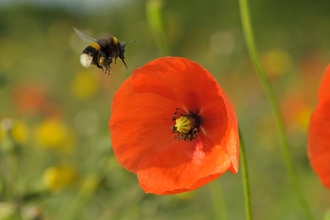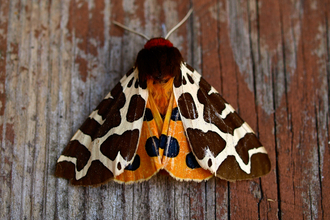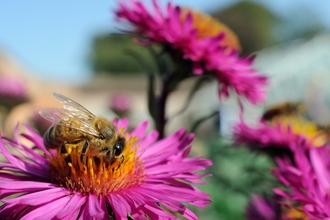Our wildlife needs you
If you love wildlife and want to do more to support it, your garden, courtyard, balcony or window box are ideal places to start. Any space, large or small, can be managed for the benefit of wildlife; you are sure to enjoy it even more if you can attract butterflies, bees and birds to share it with you.




